Will smart speakers become the future of sound media?
In 2014, Amazon launched the first smart speaker Echo. After that, Google, Apple, and Chinese companies such as Baidu and Xiaomi also launched similar products. It is estimated that the annual sales volume of smart speakers in the United States will reach 41 million units in 2019, indicating that smart speakers are already an ongoing trend in technological development. Smart speakers are devices that combine audio, microphone, voice recognition, and artificial intelligence. Amazon launched the first smart speaker Echo in 2014. After that, Google, Apple, and Chinese companies such as Baidu and Xiaomi also launched similar products. According to Canalys, an international research institute, based on the global shipments of smart speakers in the fourth quarter of 2017, users are still mainly in North America, followed by Europe and the Asia-Pacific region; and according to market research company Activate forecasts, smart speakers The annual sales volume in the United States will reach 41 million units in 2019, showing that smart speakers are already a trend of technological development. Driven by major manufacturers, smart speakers can have more and more voice-controlled functions. You can play music, check the weather, call a car, and order delivery with your mouth; can the sound media find new opportunities through the trend of smart speakers ? This topic will analyze the use of smart speakers and the new possibilities of sound media. Smart speakers understand consumers' semantics through natural language technology, conduct voice interactions, and use the huge database behind them, search capabilities, e-commerce platforms, and apps (third-party application service programs) built by developers to satisfy consumers. Immediate demand. The application includes three aspects: answering questions (such as asking about the weather, road conditions), smart home control center (such as turning on lights by voice control), and providing sound content (such as music, radio). According to the analysis of the product positioning of the three major American smart speaker brands: Amazon Echo’s focus is on assisting e-commerce; Google Home has a natural semantic recognition foundation, can use its search strengths, and can integrate its related service ecosystems. User information; the strengths of Apple HomePod are hardware, which focuses on excellent sound quality, and can sense the environment and adjust sound effects to provide the best music experience. The CapTech research report conducted a sample survey of nearly 1,000 consumers over the age of 18 in the United States. More than half (53%) of smart speaker users are in the millennium era and the Z era. Judging from the 18-year-old, the youngest among them, it means that when Apple launched Siri in 2011, when they were about 11 or 12 years old, their first mobile phone might have a voice assistant. Therefore, they can naturally open their mouths to interact with the installation. They are not only digital naTIves, but also voice naTIves. ►Smart speakers let the broadcast return home again: Greg Fey, chairman of the CRS Agenda Committee of the National Radio Broadcasting Corporation, pointed out that smart speakers provide more opportunities for families to listen to the radio; therefore, the digitalization of sound media is imperative. ►Listeners can get what they are looking for: According to Mark Ramsey's analysis, it is found that people's needs on traditional broadcasting, such as real-time news content and songs, can be met on smart speakers. ►Capture the next generation of new entertainment: Among those smart speaker owners with children at home, 88% said that their children like Amazon's voice assistant Alexa, and up to 80% of parents agree that smart speakers are easier to entertain their children. Listening to music and asking questions are the most important behaviors The research report of Voicebot, a survey organization, shows that up to 60% of consumers who own smart speakers use it every day, showing that smart speakers have been seamlessly integrated into their daily lives. Smart speaker frequency: Life assistants and entertainment are the primary tasks of smart speakers: The monthly usage frequency of smart speakers is still dominated by music (76.2%), followed by asking questions (72.9%), checking the weather (69.1%), setting timers (51.8%) and broadcasting (47.6%), and more 40% of users listen to music every day. The behavior of listening to the broadcast is transferred to the smart speaker: In particular, according to Voicebot’s survey, although smart speakers have allocated time for consumers to use traditional broadcast media, observing the picture below, consumers do not no longer like broadcast content (music, news, programs, etc.), but gradually listen to them. Transfer to the smart speaker. Smart speaker usage behavior: According to a report by the National Public Radio (NPR) and Edison, a research institute, 70% of smart speaker owners said they listened to more audio than before, and listened to more content such as music, news and interviews, blogs (Podcast) and Audio book. Bridge RaTIngs, a media research organization, pointed out that 55% of smart speaker users use FM radio stations to listen to music. Music streaming services such as Pandora, followed by platforms that integrate multiple radio stations, such as Tune-in and iHeart Radio. NPR is currently the traditional radio station that is most actively seizing the trend of smart speakers. NPR has signed cooperation agreements with leading companies such as Amazon and Google to become the default news content provider for the device. From time to time, NPR tells the audience through the host in radio programs that "you can now listen to NPR on your smart speakers." Although some audiences think it is suspected of advertising for the device, NPR believes that as a rising New devices, many functions of smart speakers have yet to be explored, and it is now suitable to help listeners understand that they can use the new device to listen to their favorite broadcast content. In addition to linear radio broadcast content, NPR also launched NPR One, an app built for mobile devices and emerging platforms, to provide personalized on-demand services. According to Bridge Ratings, NPR One is one of the main sources for smart speaker users to listen to audio content ( 20%). In addition, Australia's largest entertainment company SCA (Southern Cross Austereo) has also established partnerships with a number of smart speaker manufacturers to provide news content from its broadcasters by default. Sound media has long played a companion role in life. The host cultivates the trust and goodwill of the audience. The broadcast guides the audience's imagination through sound, which can evoke the experience of the comprehensive senses and introduce deep memories. Sound media has its own charm; while driving, In situations where it is inconvenient to use mobile phones such as doing housework, broadcasting is the best choice to fill in the blanks. Making good use of the traditional advantages of broadcasting, combining the digital features of smart speakers and AI assistant functions, can create on-demand and interactive content, and deepen the market segment, which is a new opportunity for sound media. On-demand services require a large amount of content support, so you should make good use of audio content that is not time-sensitive or short and easy to edit. The Taipei Philharmonic Radio had targeted science and technology radio stations and database radio stations before it opened in 1993. In addition to saving digital files of programs, it also records host scripts, all for the purpose of spotlighting band-shaped programs in the future and replaying them. , Reorganization to expand the amount of content and reduce costs. Interactive content is still in the experimental stage. For example, the radio drama "The Inspection Chamber" co-produced by BBC and Amazon Echo and Google Home allows listeners to play a role and influence the plot and ending through dialogue. Other applications often appear in children's games, such as Amazon's "Sesame Street Challenge" that provides clues in the story, allowing children to interact with smart speakers and solve puzzles. Although the radio population has declined in the past few years, the advantages of sound media have not disappeared. The combination of digital sound media and smart speakers, on-demand, interactive and other features help attract more listeners, improve adhesion, and small radio stations are also easier to operate in the segment market. More than half of smart speaker owners are young people aged 18-36, and novice parents are regarded as good helpers for childcare. For the broadcasting industry, it is an opportunity to contact young and Zhuang audiences and cultivate the habit of listening to broadcasting for the next generation. It may be possible to advance Imagine how children who grow up accompanied by Alexa, Google, and Siri will find content and discover new content through voice in the future. In addition, smart speakers are devices in the home, which are expected to reproduce the scene where the whole family listens to the radio. In addition to advertising revenue, Amazon recently announced a new policy that allows voice application developers to directly profit through the APP. For example, Podcast content subscriptions can charge listeners after the trial episode ends. Developers can earn 70% of the profits. Inspired by diversified income, we look forward to the emergence of more high-quality voice services and creative content in the future. The current market for smart speakers is still dominated by North America, and the popularity of China is accelerating. Whether and when it will bring a whirlwind remains to be seen. However, voice assistants and voice search have gradually entered our lives with smart phones, and the broadcasting industry must still be prepared to seize the opportunity. What are the advantages of Explosion-proof Screen Protectors? Explosion-Proof Matte Protective Film,Matte Explosion-Proof Screen Protector,Anti-Scratch Matte Film,Anti-Impact Matte Film Shenzhen TUOLI Electronic Technology Co., Ltd. , https://www.hydrogelprotectors.com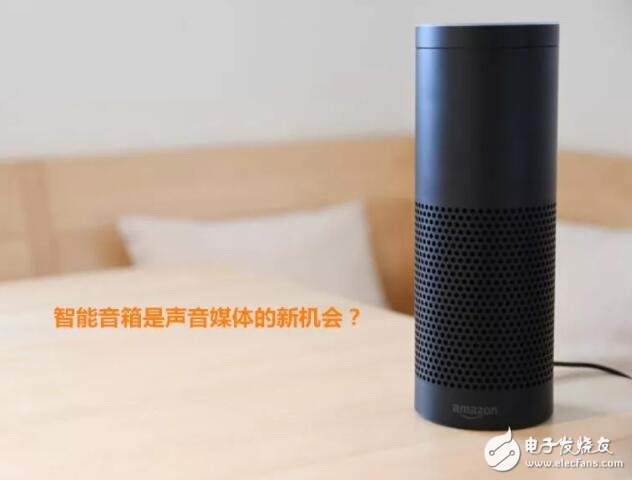

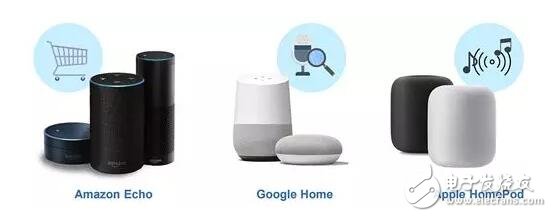
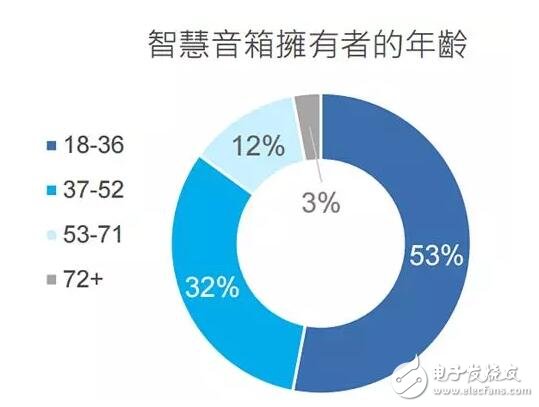
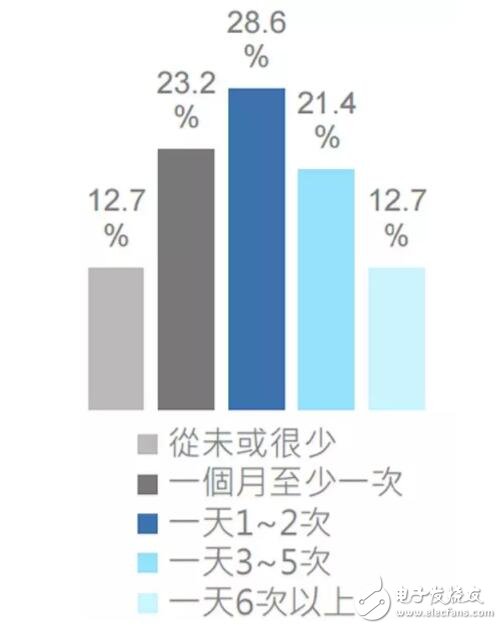
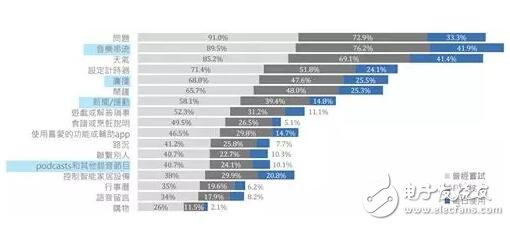
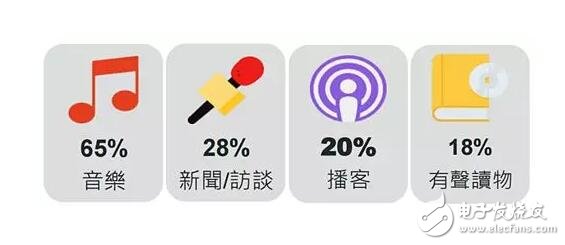

What is an Explosion-proof Screen Protector? This is a Soft Film made of imported PET material. It has very good flexibility and can help you solve the problems of tilting, white edges, and not suitable for curved screens. Can closely fit the curved edge of the screen.
The PET Screen Protector is made of imported materials from Korea. It is equipped with a proprietary "self-healing" function that can automatically repair minor scratches on the film. Daily protection measures to prevent accidental knocks and drops. The screen strengthens the screen and reduces the chance of cracking. Broken tempered glass is no longer replaced frequently.
1. Edge coverage: The Explosion-proof Screen Protective Film is made of PET flexible material, which is very suitable for the screen of your device, and 100% provides excellent edge coverage, and there is no gap between the edges of the device
2. High-definition resolution: high-definition display, true display of the original screen color.
3. Original touch experience: The oleophobic coating surface of the screen protector can provide your phone with original texture and perfect touch screen response speed. The Soft Film also has oleophobicity and water resistance, which can prevent unnecessary fingerprints.
4. Self-repairing scratches: The Screen Protection Film with self-repairing function can automatically repair tiny scratches and bubbles within 24 hours.
5. Anti-seismic and explosion-proof: PET material has high strength, flexibility and elasticity, which can fully decompose the impact force and prevent the mobile phone from breaking